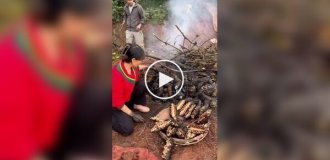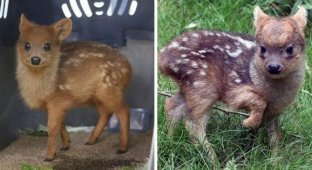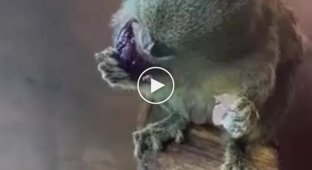Meet the pygmy shrew. The animal can be safely recognized as one of the smallest and most voracious mammals on the planet. 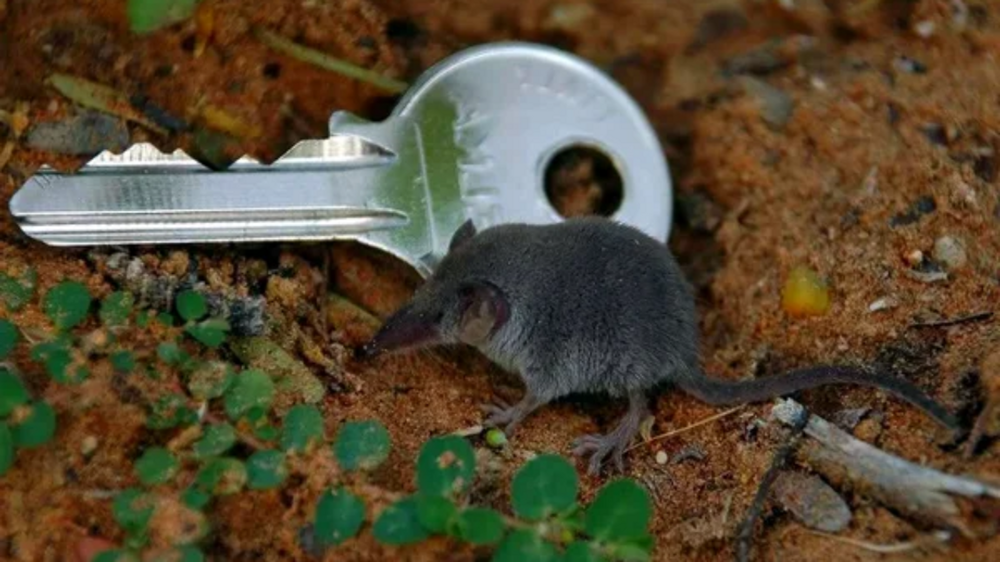
Each size range of animals has its own difficulties. Let's take the giants. Colossal blue whales are so large that their entire body is covered with parasites, which the unfortunate animals cannot get rid of. The giraffe's heart goes crazy from the need to raise blood to a height of five meters. I wonder what difficulties the dwarf shrew, a contender for the title of the smallest mammal on the planet, experiences?
Basically, the pygmy shrew has one problem - it freezes too quickly. The smaller the organism, the greater the relative surface area of the body, and the faster it dissipates heat. The length of the insectivore is only 3.5 centimeters, and the weight does not exceed 2 grams. Therefore, the animal becomes hypothermic within half an hour. 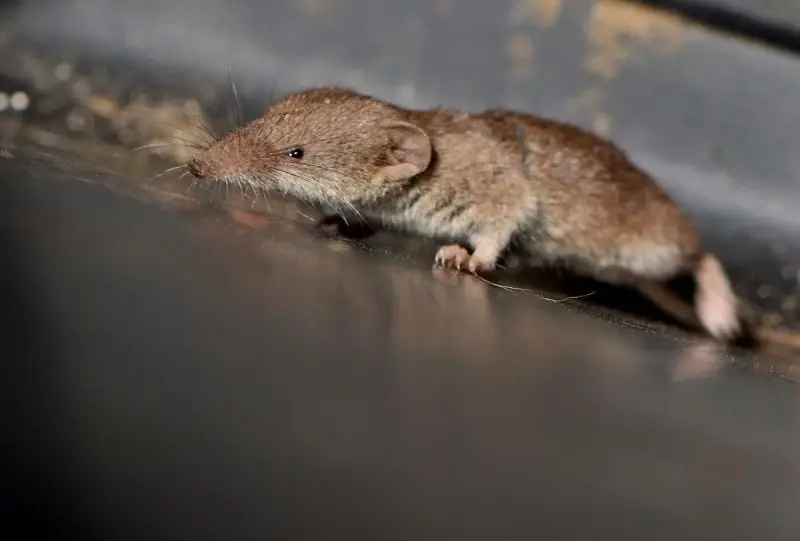
Of course, you won’t last long with such introductory notes even in a temperate climate. Polytooths live in Southern Europe, North Africa, Kazakhstan and East Asia. In general, where winters are short and snow cover does not form every year. But this is not enough: the ambient temperature is still lower than the body temperature of a mammal. 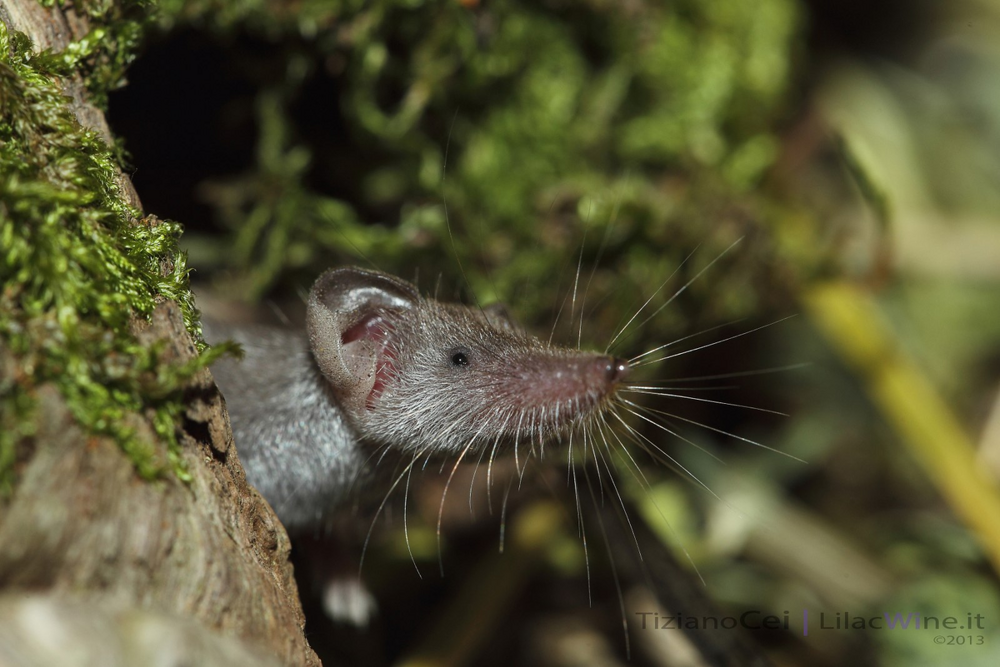
Therefore, pygmy shrews have accelerated their metabolism to extreme levels. In order not to be unfounded, here are some numbers: the heart of an adult weighs approximately 0.6% of body weight. In a polytooth it is 2 times heavier and beats at a speed of 1500 beats per minute. And this is a normal pace! To supply oxygen to the body, miniature animals take 13 breaths per second. 
For reference: the rate of fire of the AK-74 is 600 rounds per minute, almost 3 times slower than the heartbeat of a shrew.
Of course, under such operating conditions, organs require a lot of energy. Every day the animal is forced to eat up to 6 grams of food - 3 times its own weight! It is difficult for a baby at the very bottom of the food pyramid to get so much prey. She always walks on the verge of starvation, because just 16-18 hours without food will bring the animal to the grave. 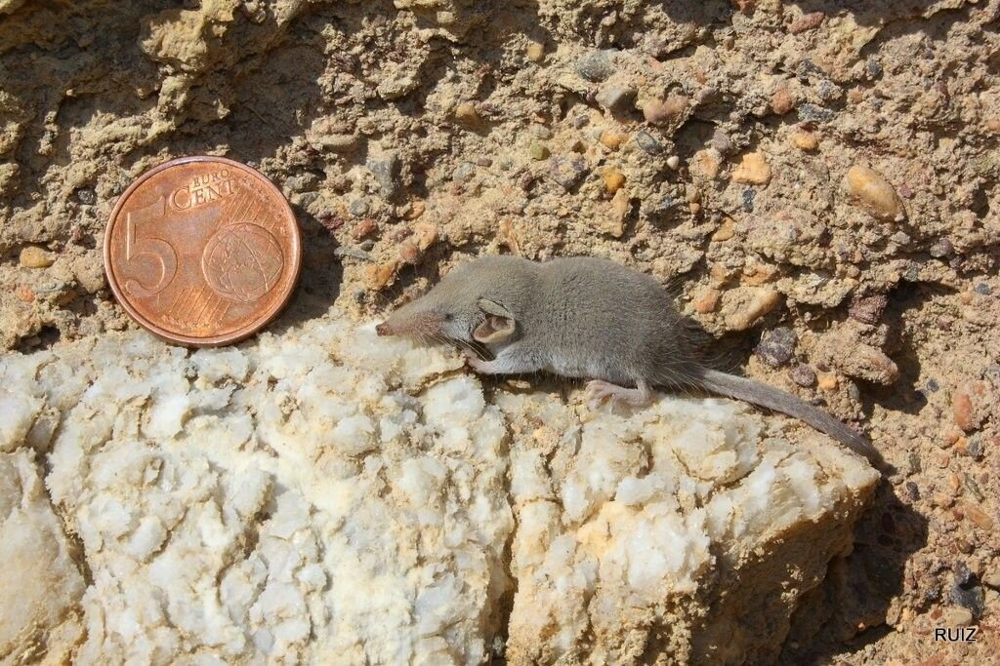
Therefore, shrews settle where the density of invertebrate life is highest: in ravines, along the banks of rivers and lakes. They usually dig burrows or make shelters in fallen trees or between rocks. However, they only sleep and eat there. 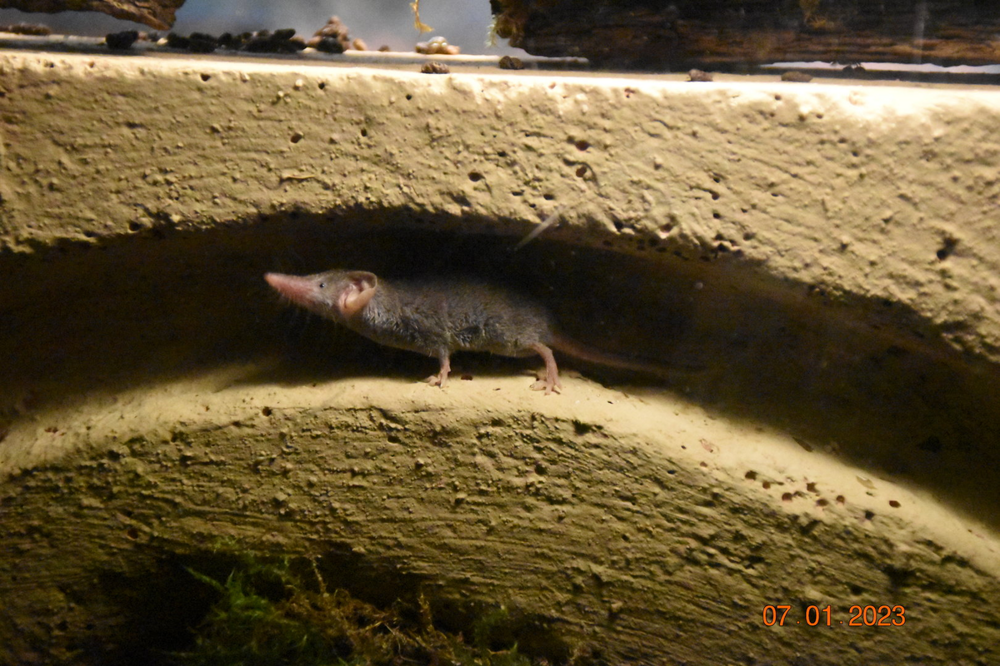
The polytooth does not like to dig underground passages. After all, this is a huge waste of time and effort!
From dusk to dawn, shrews patrol their hunting grounds and eat all the worms, snails, insects and spiders they find. With a great hunger strike, they even attack frogs, lizards and steal baby rodents. Yes, the shrew has very little strength, but despair and acute hunger can turn it into an extremely dangerous opponent. In addition, the animal does not try to enter into a fair confrontation. It simply bites through the head of the prey and drags the lifeless body to a secluded place. 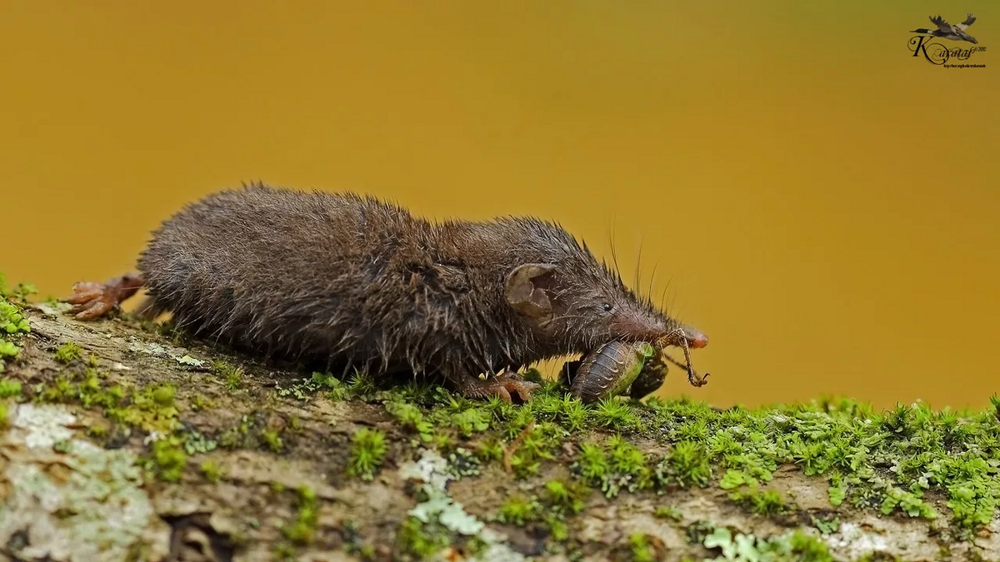
Bon appetit, Mr. Multitooth!
Surprisingly, in this eternal race with death, they still manage to find time to reproduce. True, very little. No mating games. It's just that two polytoothes of the opposite sex meet and mate sometime in March. Then a month of pregnancy, another 20 days of feeding with milk, and the female drives the babies away from her territory so that they do not undermine her food supply.
Add your comment
You might be interested in:
